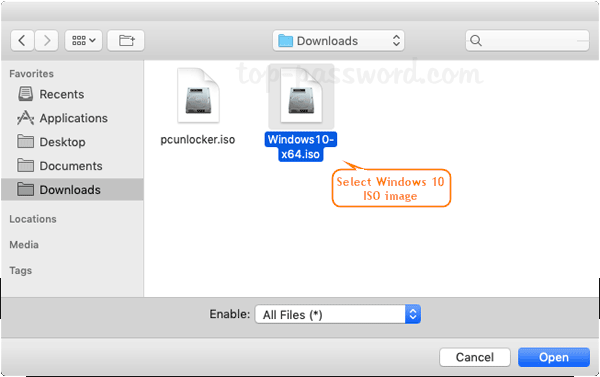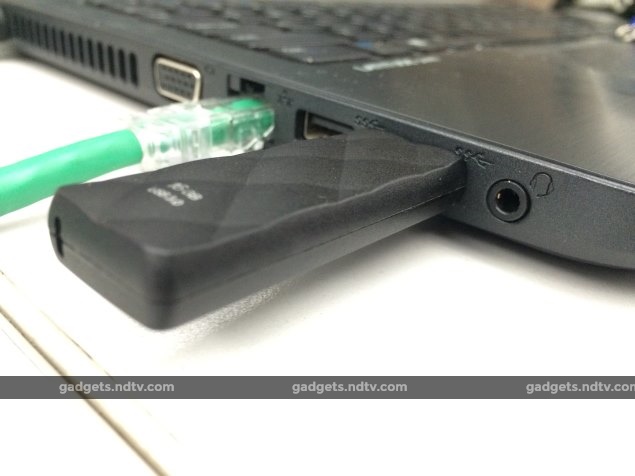

Step 12: When you’re asked to enter the product key, enter valid 25-character product key and then click Next button to proceed to next step.

Step 11: In the next screen, click Install Windows button. Step 10: When you see Install Windows screen, select language, keyboard and then click Next button to continue. Step 9: Press any key when you see Press any key to boot from DVD… message on the screen. Step 8: Once bootable USB is ready, restart PC, make necessary changes to BIOS/UEFI settings to enable booting from USB.

Step 7: Finally, click Start button and then click OK button when you see the confirmation box to begin preparing Windows 8.1 Update bootable USB. Step 6: Click the small CD/DVD icon next to ISO image button to browse to Windows 8.1 Update ISO image file and select it. But if your PC is UEFI, be sure to select FAT32. However, if you’re sure that your PC is not a UEFI PC, you can simply select NTFS as the File system.

Step 5: Next, select partition scheme as MBR partition scheme for BIOS or UEFI computers and select the File system as FAT32, as a bootable USB formatted with NTFS can’t be used to install Windows on a UEFI based computer. Step 4: Once Rufus is running, under Device section, select USB drive. Step 2: Download Rufus on working PC and run it on PC running Windows XP or higher version of Windows with Administrator privilege. * Make sure you backup all data we need to format the drive in order to make it bootable. Step 1: Connect USB drive as bootable media to clean install Windows 8.1 Update. This update method also helpful when PC is unbootable or you like to install Windows 8.1 Update on newly assembled computer. In this article, we will use a free tool called Rufus to create bootable USB then boot from the bootable media to begin the installation of Windows 8.1 Update. Windows Update released Windows 8.1 Update to all existing Windows 8.1 users as mandatory update.


 0 kommentar(er)
0 kommentar(er)
